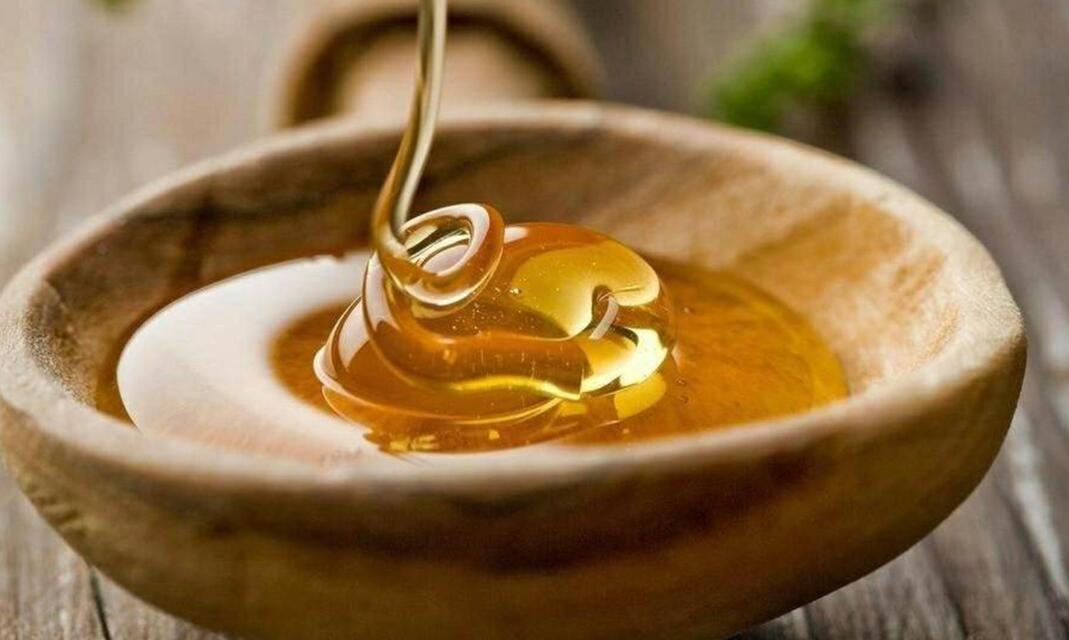
21 Dec DIY Acne Scar Removal Techniques: Unveiling the Secrets
Introduction:
Embarking on a journey to bid farewell to acne scars is a common pursuit, and the realm of DIY acne scar removal techniques offers a spectrum of options. In this comprehensive guide, we delve into effective at-home strategies for achieving smoother, clearer skin. From understanding the types of acne scars to exploring natural remedies and advanced treatments, this guide aims to empower you with the knowledge needed for successful DIY acne scar removal.
I. Understanding Acne Scars:
A. Types of Acne Scars:
Acne scars come in various forms, each presenting unique challenges for removal. From rolling scars that create a wavy texture to boxcar scars with defined edges and ice pick scars that resemble small, deep punctures, understanding the type of scars you’re dealing with is crucial. Additionally, hypertrophic scars, characterized by raised tissue, require a different approach for effective removal.
B. The Science Behind Scarring:
To effectively combat acne scars, it’s essential to grasp the science behind their formation. Acne scars result from an inflammatory response that damages collagen and elastin in the skin. Understanding this process is pivotal for tailoring DIY scar removal strategies that address the root causes of scarring.
II. DIY Acne Scar Removal Techniques:
A. Natural Remedies:
1. Lemon Juice and Honey Mask:
Creating a homemade mask by combining the brightening properties of lemon juice with the healing power of honey can be a game-changer. Lemon juice, rich in vitamin C, helps lighten dark spots, while honey provides antibacterial and moisturizing benefits.
2. Aloe Vera Gel Application:
Aloe vera, known for its soothing properties, is a potent natural remedy for acne scars. Applying aloe vera gel to scars can reduce inflammation, promote skin regeneration, and contribute to a more even skin tone.
3. Rosehip Seed Oil Massage:
Rosehip seed oil is celebrated for its ability to stimulate collagen production and fade scars. Regularly massaging the affected areas with rosehip seed oil can lead to noticeable improvements in the texture and appearance of acne scars.
B. Exfoliation Methods:
1. DIY Sugar Scrub:
Crafting a simple sugar scrub at home provides a gentle yet effective means of exfoliating the skin. The granules of sugar help slough off dead skin cells, promoting the turnover of damaged skin and encouraging a smoother complexion.
2. Microdermabrasion at Home:
For those seeking a more advanced exfoliation process, at-home microdermabrasion techniques and tools can be explored. These tools work to remove the outermost layer of skin, diminishing the appearance of scars over time.
C. Topical Treatments:
1. Vitamin C Serums:
Vitamin C plays a pivotal role in brightening the skin and promoting collagen synthesis. Incorporating DIY vitamin C serums into your skincare routine can aid in reducing the appearance of acne scars.
2. DIY Retinol Masks:
Retinol, known for its ability to accelerate cell turnover, is a potent ingredient in scar reduction. Creating DIY retinol masks allows you to harness the benefits of this powerful compound at home.
III. Lifestyle Factors for Scar Prevention:
A. Diet and Hydration:
1. Collagen-Boosting Foods:
Incorporating collagen-boosting foods into your diet contributes to enhanced skin regeneration. Foods rich in vitamin C, amino acids, and antioxidants play a crucial role in supporting the body’s natural healing processes.
2. The Importance of Hydration:
Maintaining adequate hydration is fundamental to skin health. Hydrated skin is more elastic, allowing scars to heal more effectively. Drinking enough water and incorporating hydrating foods into your diet contribute to a well-hydrated complexion.
IV. Seeking Professional Help:
A. Dermatological Procedures:
1. Chemical Peels:
Chemical peels, when performed by professionals, are effective in addressing acne scars. These treatments involve the application of a chemical solution to the skin, promoting exfoliation and encouraging the growth of new, smoother skin.
2. Microneedling Techniques:
Microneedling, a minimally invasive procedure, stimulates collagen production by creating tiny punctures in the skin. DIY microneedling tools are available, but professional interventions may offer more precise and controlled results.
V. Lifestyle Changes for Ongoing Scar Management:
A. Sun Protection Practices:
1. Choosing the Right Sunscreen:
Protecting your skin from the sun is crucial to scar management. UV rays can exacerbate the appearance of scars, making choosing the right sunscreen a vital step in ongoing scar care.
2. Avoiding Picking and Squeezing:
One of the most important lifestyle changes for scar management is avoiding picking and squeezing. These actions can worsen scarring and hinder the natural healing process.
VI. Crafting Your DIY Acne Scar Removal Routine:
A. Creating a Personalized Skincare Routine:
Tailoring a skincare routine that incorporates DIY techniques is essential for addressing your unique skin needs and scar types. Consistency is key, and understanding how each element of your routine contributes to scar reduction allows for a more effective approach.
Conclusion:
Embarking on a DIY acne scar removal journey requires a nuanced understanding of scar types, effective remedies, and lifestyle changes. This guide provides a comprehensive roadmap for achieving clearer skin at home. Consistency is key, and consulting with a dermatologist can offer personalized insights for your specific skin concerns. With the right knowledge and commitment, you can unveil the secrets to successful DIY acne scar removal and enjoy a smoother, more confident complexion.

